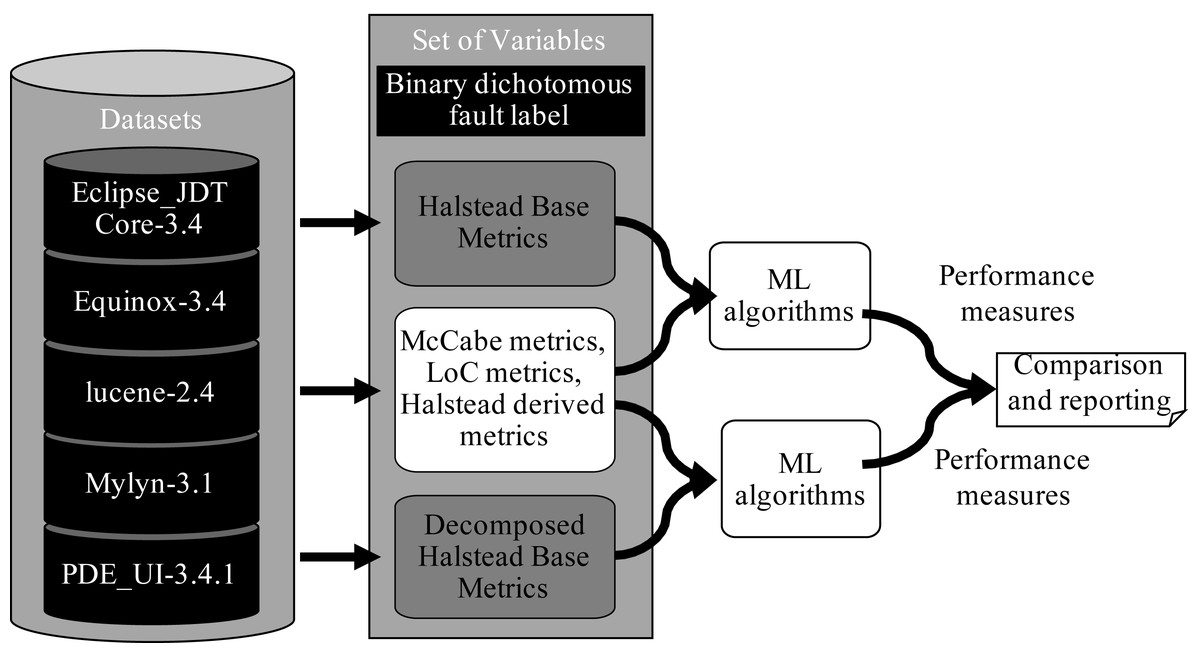Sustainable living is more than just a trend; it is a lifestyle choice that can lead to a healthier planet and a more fulfilling life. As awareness of climate change and environmental degradation grows, more people are seeking ways to reduce their ecological footprint. This guide explores various aspects of sustainable living, offering practical tips and strategies to help you make a positive impact on the environment.
Understanding Sustainable Living
Sustainable living refers to a lifestyle that seeks to minimize an individual's or society's use of the Earth's natural resources. It encompasses a wide range of practices that aim to reduce waste, conserve energy, and promote ecological balance. At its core, sustainable living is about making choices that contribute to the health of the planet and ensure that resources are available for future generations.
The Importance of Sustainability
The need for sustainable living has never been more urgent. Climate change, pollution, and resource depletion are pressing issues that threaten the well-being of our planet and its inhabitants. By adopting sustainable practices, individuals can help mitigate these challenges and contribute to a more resilient and equitable world. Sustainable living not only benefits the environment but can also lead to economic savings, improved health, and a stronger sense of community.
Key Principles of Sustainable Living
- Reduce, Reuse, Recycle: These three principles form the foundation of sustainable living. Reducing waste by consuming less, reusing items whenever possible, and recycling materials can significantly decrease your environmental impact.
- Conserve Energy: Energy conservation is crucial in reducing greenhouse gas emissions. Simple actions like turning off lights when not in use, using energy-efficient appliances, and opting for renewable energy sources can make a significant difference.
- Choose Sustainable Products: When shopping, look for products that are made from sustainable materials, have minimal packaging, and are produced ethically. Supporting local businesses and organic farms can also contribute to a more sustainable economy.
- Embrace a Plant-Based Diet: The food we consume has a substantial impact on the environment. Adopting a plant-based diet or reducing meat consumption can lower your carbon footprint and promote better health.
- Water Conservation: Water is a precious resource that is often taken for granted. Simple measures like fixing leaks, using water-efficient fixtures, and collecting rainwater can help conserve this vital resource.
Practical Tips for Sustainable Living
- Start Small: Making significant changes can be overwhelming. Begin with small, manageable steps, such as carrying reusable shopping bags, BulkSEOMetrics - bulkseometrics.com - using a refillable water bottle, or composting kitchen scraps.
- Educate Yourself and Others: Knowledge is power. Stay informed about environmental issues and share your insights with friends and family. Engaging in conversations about sustainability can inspire others to make changes.
- Get Involved in Your Community: Join local environmental groups or participate in community clean-up events. Collaborating with others can amplify your impact and foster a sense of belonging.
- Practice Mindful Consumption: Before purchasing, ask yourself if the item is necessary and how it will affect the environment. Mindful consumption encourages thoughtful choices that align with sustainable values.
- Advocate for Change: Support policies and initiatives that promote sustainability at the local, national, and global levels. Your voice can help drive systemic change.
The Role of Technology in Sustainable Living
Technology plays a crucial role in advancing sustainable living practices. Innovations in renewable energy, such as solar and wind power, are making it easier for individuals and communities to reduce their reliance on fossil fuels. Smart home technologies can optimize energy use, while apps and platforms can help people track their carbon footprints and connect with sustainable products and services.
Challenges to Sustainable Living
While the benefits of sustainable living are clear, there are challenges to adopting these practices. Accessibility, affordability, and ingrained habits can pose obstacles. However, by raising awareness and creating supportive networks, these challenges can be addressed. It is essential to recognize that sustainable living is a journey, and every small action counts.
Conclusion: A Collective Effort for a Greener Future
Sustainable living is not just an individual endeavor; it is a collective effort that requires participation from all sectors of society. By making conscious choices and encouraging others to do the same, we can create a more sustainable future for ourselves and generations to come. Embracing sustainability is not only an ethical responsibility but also a pathway to a healthier, more vibrant world. Start today, and together we can make a difference.








